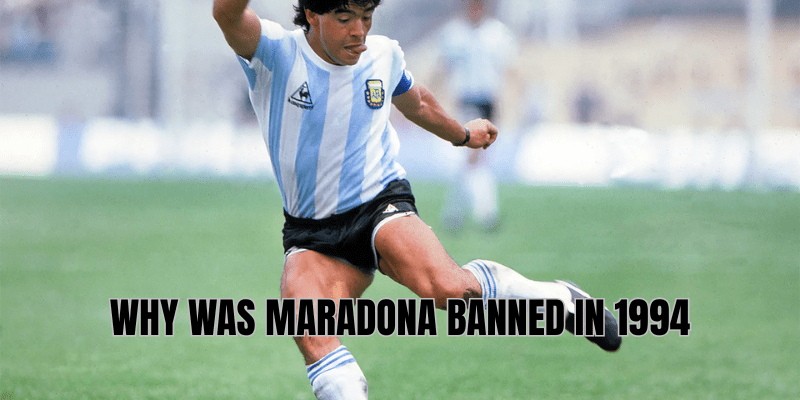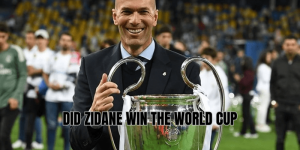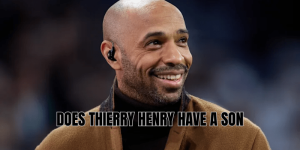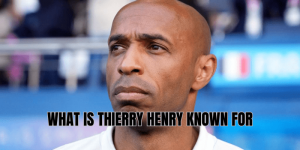From hero to pariah in a matter of days—this is the tragic arc of Maradona’s final appearance for Argentina. In the 1994 World Cup, a sudden announcement rocked the footballing world: Diego Maradona had failed a drug test, and his tournament was over. Why was Maradona banned in 1994? In this article, TigerKick dives deep—unraveling the drama, the evidence, the fallout, and the legacy of that fateful moment.
A Comeback Full of Hope and Pressure
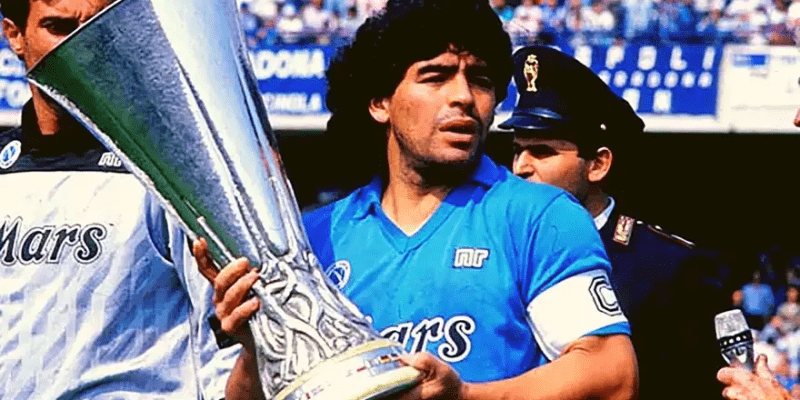
Maradona’s life was never short on drama, but by 1994 he was already a scarred legend. After a prior ban for cocaine in 1991, he had largely faded from top‐level play. Nevertheless, Argentina’s national team was struggling to qualify for USA ’94, and public pressure mounted to include their most famous son. Against the odds, Maradona was brought into the squad, tasked with resurrecting Argentina’s hopes on the world stage.
He arrived in the United States leaner, more determined, and with a promise of redemption. His performance began electrifyingly: in Argentina’s opening match he scored a brilliant goal against Greece. Fans dared to believe the prodigal genius had returned. But the nadir was hidden in the build-up—amid intense weight control, strict dietary regimes, and exposure to substances that flirted dangerously with the rules.
The Drug Test That Ended Everything
Ephedrine: The Substance That Triggered the Ban
After Argentina’s second group match (against Nigeria), Maradona was called for a routine doping control. Tests revealed the presence of ephedrine, a stimulant banned under FIFA’s antidoping rules. The detection was not subtle—analysts found five ephedrine derivatives in his urine. In short order, FIFA confirmed Maradona’s violation and his expulsion.
The substance was widely used in nasal decongestants and fat-burning supplements—but that did not absolve the offense under strict liability regulations. Whether intentional or not, Maradona had breached the rules.
The Defense, the Blame, the Context
Maradona protested vehemently. He claimed that his personal trainer, Daniel Cerrini, had inadvertently substituted a fat burner called Ripped Fuel (which allegedly contained ephedrine in the U.S. version) for his usual supplement., he had no intention to cheat; instead, he was trying to strip weight and maintain fitness, but was betrayed by a mislabeled product.
FIFA, however, was unmoved. Even if Maradona did not intend performance enhancement, the presence of the banned substance was enough. His history with drug infractions—especially the 1991 cocaine ban—likely influenced the severity of the sanction.
Some also raised more conspiratorial lines of thought: that politics, market pressures, or FIFA’s need to enforce fairness in the tournament might have motivated an especially harsh judgment. But the official stance held: rules had been broken, and consequences would follow.
The Sanction: 15 Months Out of the Game
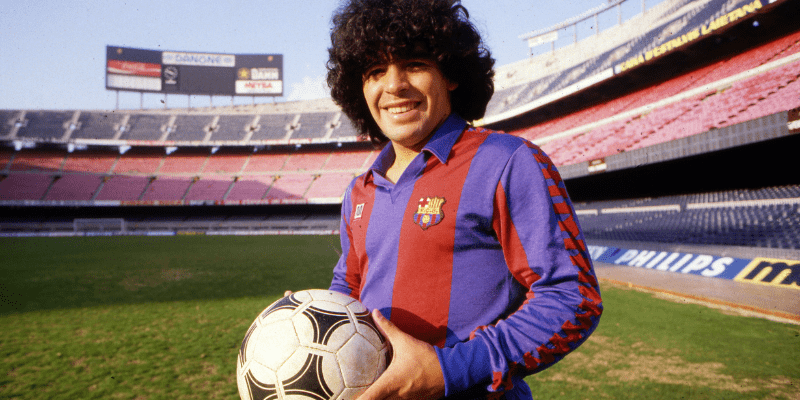
Shortly after the scandal broke, FIFA convened a disciplinary panel. The verdict was decisive: Maradona would be banned from all footballing activity—for 15 months—and fined 20,000 Swiss francs (or approximately US $15,000). This punishment did not merely eject him from the remainder of USA ’94; it effectively shuttered the twilight of his international career.
Notably, the ban ran, and included club and coaching duties—though Maradona was permitted to act as a media commentator. By the time the ban lifted, his body and reputation were too diminished to mount a pro.
The message was loud and clear: even legends are not above the rules of the sport.
Aftermath: Argentina Without Its Star
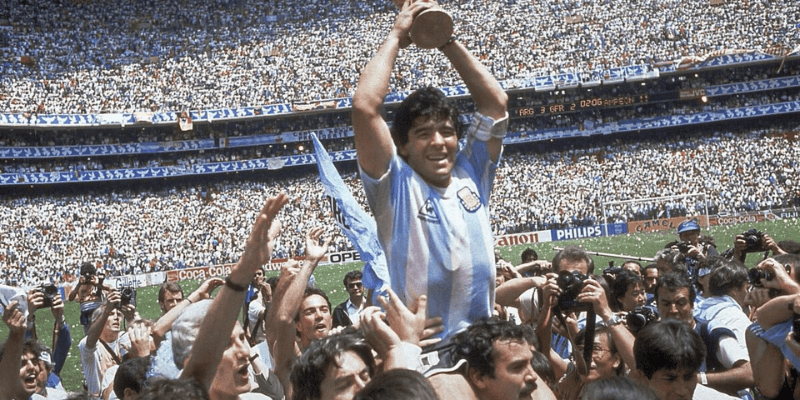
Immediate consequences in USA ’94
Maradona’s departure left Argentina in shock. They limped through the remaining group match, losing to Bulgaria, and were eliminated in the Round of 16 by Romania in a thrilling 3–2 defeat. Though they still had star names like Batistuta and Caniggia, losing their talisman proved fatal to team morale. Many observers believe that had Maradona stayed, Argentina might have gone much further.
Long-term effects on Maradona’s legacy
The 1994 scandal became the final blemish on Maradona’s enigmatic career. He never played again for Argentina; his 34 international goals would end abruptly on U.S. soil. Off field, the narrative hardened: this was yet another chapter in a life intertwined with addiction, excess, and self-destruction.
Over time, fans and historians have taken nuanced views. Some see him as a flawed genius undone by his own demons; others see the episode as confirmation that no amount of talent absolves a star. The 1994 ban remains a pivotal moment—one that shades the legend with tragedy.
Why the 1994 Ban Still Resonates
- Strict liability in sports law: In doping cases, intention rarely matters. Presence is enough, and Maradona’s case is a textbook example.
- The weight of history: His prior suspension and public reputation meant no leniency—past sins influenced public and administrative judgment.
- A national trauma: In Argentina, this scandal is remembered as a collective wound—a hero stripped bare under global scrutiny.
- Legacy versus fallibility: Maradona’s genius was never in doubt; the 1994 episode forces us to confront his dee, fans ask: did the law serve justice, or did it punish a man who sought redemption?
Conclusion
Why was Maradona banned in 1994? Because he tested positive for ephedrine, a banned stimulant, during the 1994 World Cup—and under FIFA’s strict rules and in light of his troubled history, that violation cost him dearly. Though he claimed innocence and blamed a misplaced supplement, the verdict stood: laws are laws, even for gods of football.
TigerKick hopes this article gave you a full portrait—not just of the scandal—but of the human story behind it. If you’re curious to explore Maradona’s entire career arc, or want deep dives into other legendary player controversies, stick with us. Dive deeper. Ask questions. The beautiful game always has more stories waiting.
